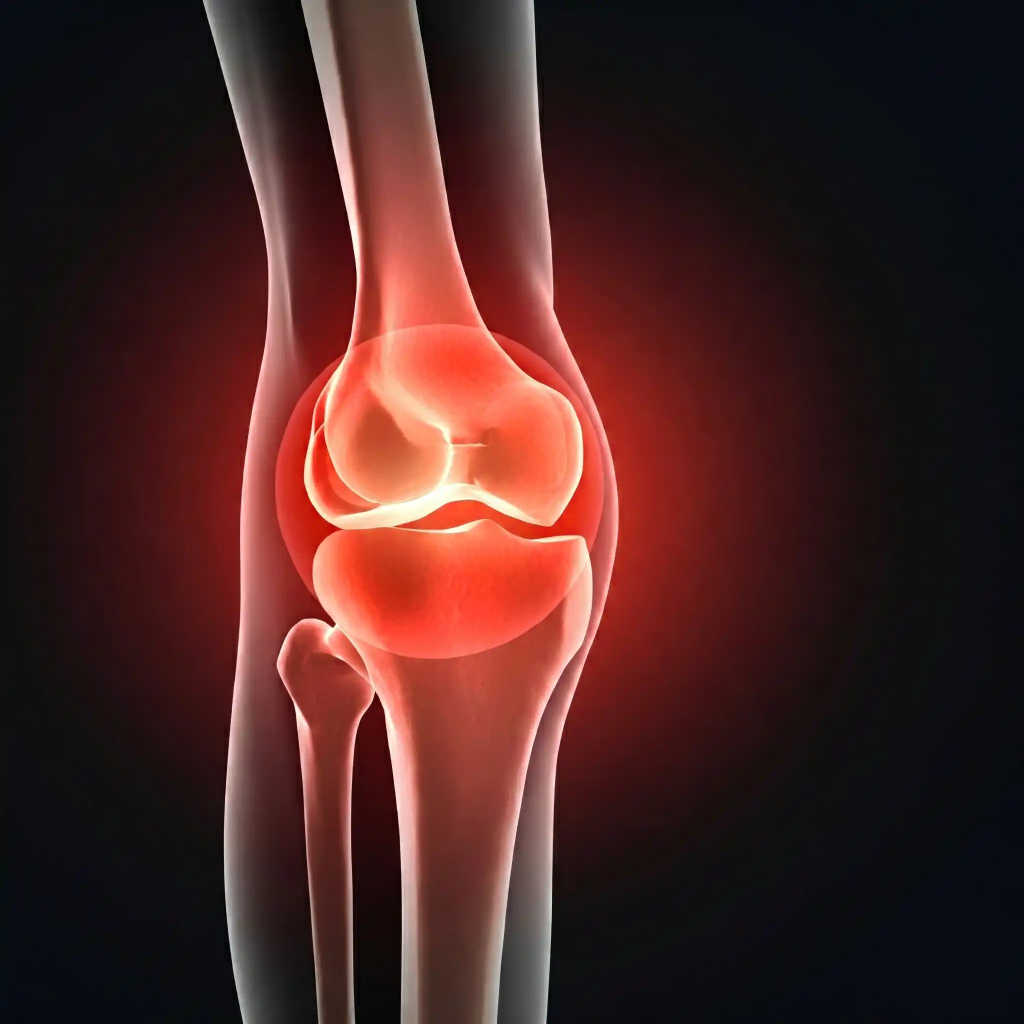
Joint pain is a common complaint among older people, though it can happen to a person of any age. Most joint pain is due to overuse or old age, though a chronic condition can cause it. In this article, you’ll learn about joint pain, its leading causes, and its relationship to celiac disease.
First, let’s establish the basics.
Joint: A joint is where two bones meet. Think of the elbow joint, where your upper and lower arms connect. If your arm were just one long bone, it wouldn’t bend. Joints allow you to move, twist, bend, and jump. Your shoulders, elbows, fingers, hips, and ankles all have joints.
Cartilage: Cartilage is a tough but flexible material in between your bones. It prevents the bones from hitting or grinding against each other when you move. Your ears and nose are also made out of cartilage. When joints don’t have enough cartilage, it can hurt to move and cause joint pain.
Arthritis: Arthritis is a general term for long-term health conditions with a primary symptom of joint pain. There are many kinds of arthritis, with different causes and affecting various body parts.
Both joint pain and arthritis can feel like:
- Pain when moving
- Stiffness
- Swelling at the joints (such as elbows, fingers, knees, ankles)
- Redness at joints (such as elbows, fingers, knees, ankles)
Symptoms: A symptom is caused by celiac disease and should ease up or go away entirely on a gluten-free diet.
Related Conditions: A related condition is a disease or illness entirely separate from celiac disease, but having celiac disease can put you at greater risk of getting the other condition.
Pain in joints can be a symptom of celiac disease that goes away on a strict gluten-free diet, but it could also caused by a related condition, such as rheumatoid arthritis.
Joint Pain as a Symptom of Celiac Disease
Multiple studies suggest that 20-30% of individuals with celiac disease experience joint pain. However, it’s uncommon for joint pain to be the only symptom.1-3 People with celiac disease experience joint pain in various ways, including early morning stiffness, pain in multiple joints (polyarthralgia), and pain in the back, lower back, and pelvis (sacroiliitis).
The exact cause of joint pain in those with celiac disease remains unknown. One theory suggests that ingesting gluten causes inflammation in these patients, contributing to joint discomfort.4 In patients with celiac disease, joint pain often goes away once the person is on a strict gluten-free diet.



